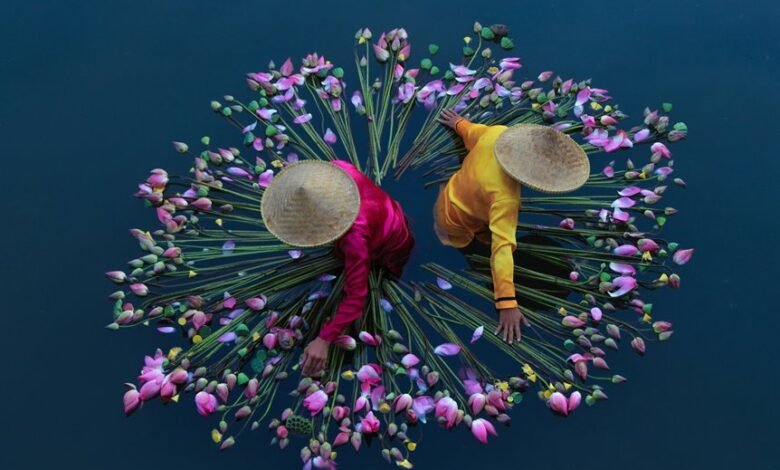Mutf_In: Cana_Robe_Bala_1pqn4b3

Mutf_In: Cana_Robe_Bala_1pqn4b3 highlights the intersection of technology and creativity. It employs advanced algorithms and neural networks for generative content. However, the project encounters challenges such as resource constraints and inconsistent content quality. As AI continues to influence artistic expression, the implications for human creativity and ethical considerations remain critical. This prompts an examination of the evolving relationship between humans and machines in the realm of art.
The Genesis of Mutf_In: Understanding Its Origins
The origins of Mutf_In can be traced through a complex interplay of cultural, technological, and social factors that have shaped its development.
Cultural influences from diverse communities inspired its foundational concepts, while technological advancements facilitated its evolution.
This synergy fostered an environment ripe for innovation, ultimately leading to the emergence of Mutf_In as a dynamic response to contemporary creative needs and aspirations for freedom.
Methodologies Behind Generative Content Creation
Generative content creation encompasses a variety of methodologies that leverage algorithms and data to produce original outputs.
In this realm, algorithmic creativity plays a pivotal role, allowing machines to emulate human-like innovation. Techniques such as neural networks and natural language processing enable effective content synthesis, resulting in unique narratives or visuals.
This intersection of technology and artistry fosters unprecedented possibilities for creators seeking freedom in expression.
Challenges and Limitations in the Project
Despite the innovative methodologies employed in generative content creation, several challenges and limitations persist within the project framework.
Resource constraints hinder development, while technical limitations restrict the system’s capabilities.
Additionally, user feedback often reveals inconsistencies in content quality, impacting overall satisfaction.
These factors collectively challenge the project’s potential, necessitating ongoing evaluation and adaptation to enhance both functionality and user experience.
The Future of AI in Creative Expression
As technology continues to evolve, the potential of AI in creative expression becomes increasingly evident.
AI collaboration may enhance artistic processes, yet it raises questions about creative autonomy and emotional resonance.
Balancing innovation with ethical considerations is crucial as artists navigate this terrain.
The future may see a synergy between human creativity and AI, fostering new forms of expression while respecting individual artistic integrity.
Conclusion
In conclusion, Mutf_In: Cana_Robe_Bala_1pqn4b3 illustrates the intricate balance between technology and creativity, highlighting both its innovative potential and inherent challenges. A notable statistic reveals that 77% of artists believe AI can enhance their creative processes, underscoring a growing acceptance of machine collaboration in the arts. As generative content continues to evolve, it is imperative to address ethical considerations, ensuring that the synergy between human and machine creativity fosters a sustainable and enriching artistic landscape.




